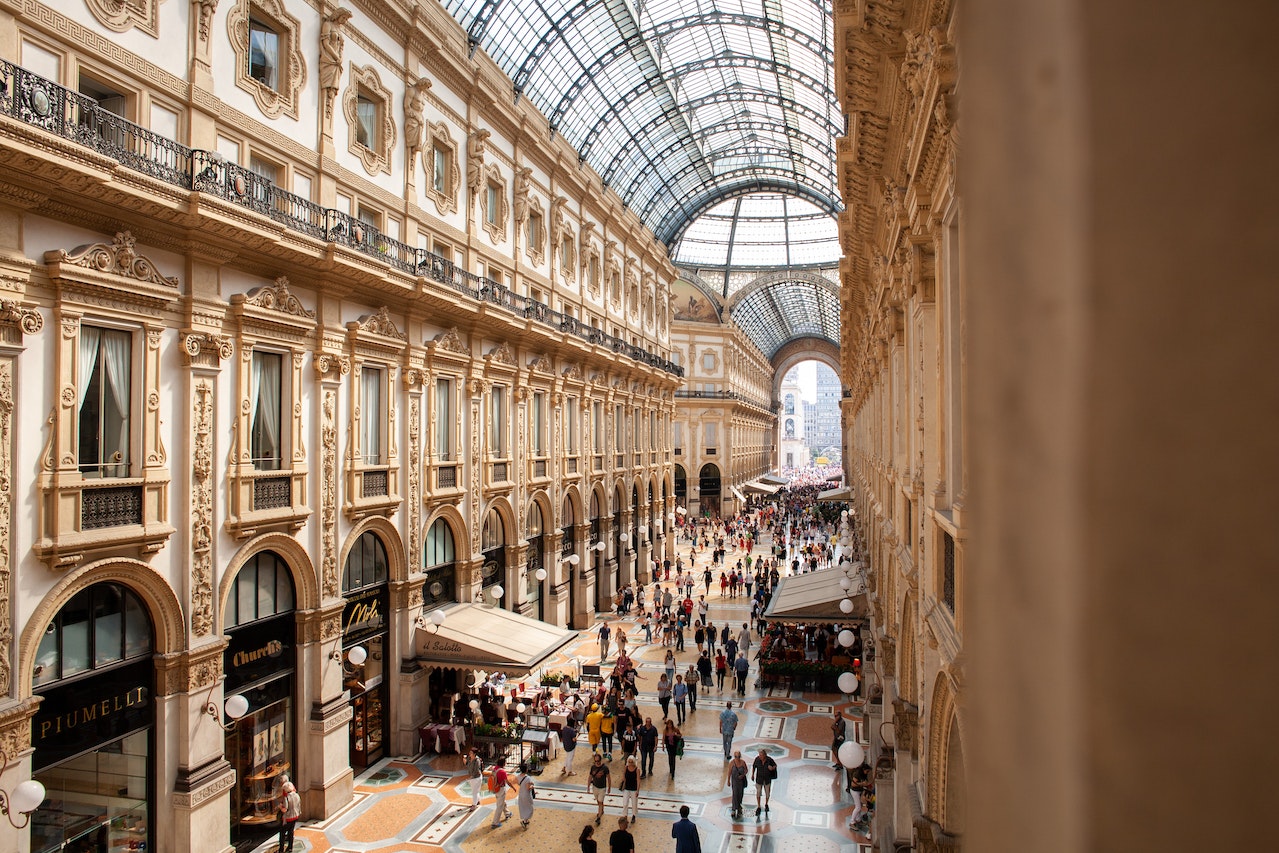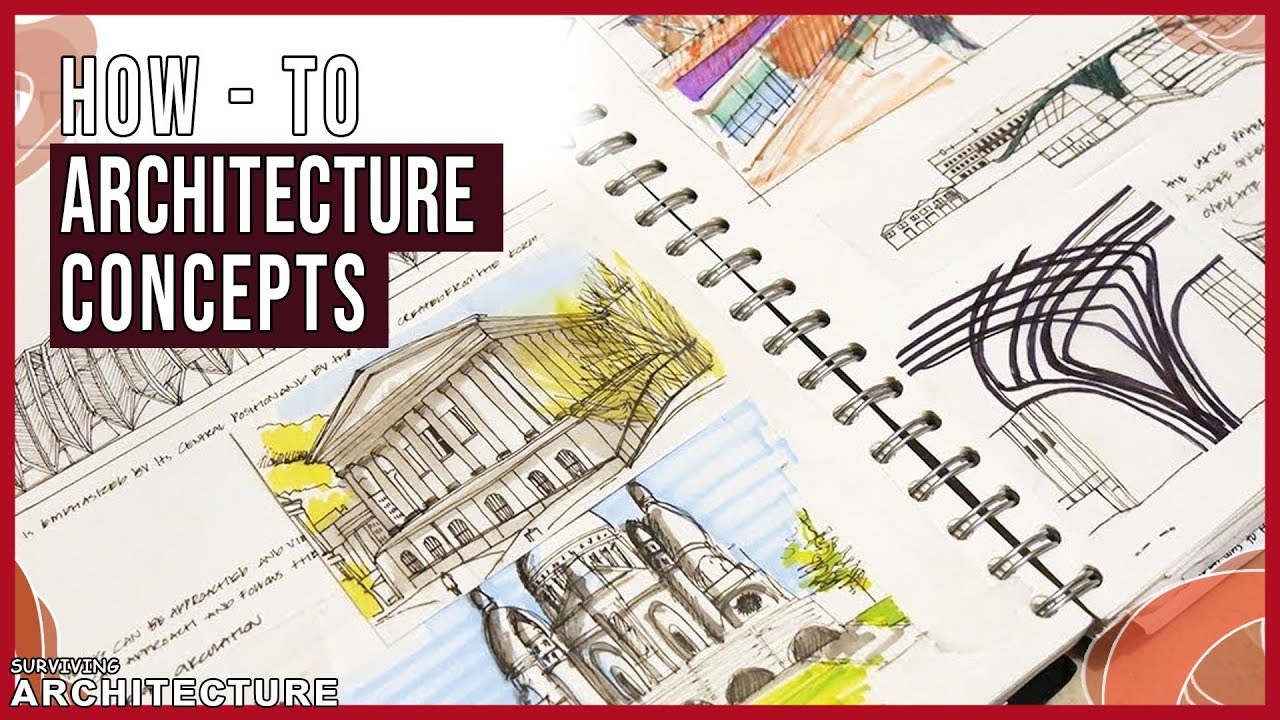The Role Of Architecture In Promoting Economic Development - Designing For Growth
The role of architecture in promoting economic development is more than just the design and construction of buildings. It is a multidisciplinary field that combines art, science, and technology to create functional and aesthetically pleasing structures.
Author:George EvansMar 07, 202336.3K Shares505.5K Views

The role of architecture in promoting economic developmentis more than just the design and construction of buildings. It is a multidisciplinary field that combines art, science, and technology to create functional and aesthetically pleasing structures.
While architecture has always played an important role in shaping the built environment, its impact on economic development is often overlooked.
In this article, we will explore the various ways in which architecture can promote economic development and enhance the quality of life for individuals and communities.
The Role Of Architecture In Promoting Economic Development
Architecture plays a significant role in promoting economic development, and its impact goes beyond just designing buildings. Architecture encompasses the design and creation of the built environment, including infrastructure and public spaces, and how it is shaped can have far-reaching effects on economic growth.
Attracting Investment
Architecture can play a vital role in attracting investment to a community. A well-designed built environment, including buildings and public spaces, can create a positive image for a community that is more appealing to potential investors and businesses.
An attractive and functional built environment can help draw new businesses to the area, which can lead to job creation and increased economic activity.
Stimulating Economic Growth
The construction of new buildings and infrastructure creates jobs and stimulates economic activity. Construction jobs are usually well-paying, and their creation leads to the generation of other jobs in supporting industries such as finance, design, and logistics.
The design of these buildings can also have a significant impact on local economies. For example, energy-efficient buildings can help reduce operating costs for businesses, while also reducing the carbon footprint of the community.
Urban Regeneration
Architecture can play a key role in urban regeneration by designing and constructing new buildings that can revitalize neighborhoods and create new opportunities for economic growth. This is particularly important in areas that have been neglected or have suffered from economic decline.
Well-designed buildings and public spaces can help attract investment to a community and create new economic opportunities.
Architecture As A Driver Of Economic Growth
Architecture can be a powerful driver of economic growth. The construction of new buildings and infrastructure creates jobs and stimulates economic activity. The design of these buildings can also have a significant impact on local economies.
For example, buildings that are designed to be energy-efficient can help reduce operating costs for businesses, while also reducing the carbon footprint of the community.
Architecture As A Tool For Urban Regeneration
Architecture can also play a key role in urban regeneration. The design and construction of new buildings can help revitalize neighborhoods and create new opportunities for economic growth. This can be particularly important in areas that have been neglected or have suffered from economic decline.
Architecture As A Means Of Attracting Investment
Well-designed buildings and public spaces can also help attract investment to a community. A vibrant and attractive built environment can create a positive image for a community, making it more appealing to potential investors and businesses. This can lead to increased economic activity and job creation.
Architecture As A Means Of Preserving Cultural Heritage
Preserving cultural heritage is an important aspect of architecture, and it can also contribute to economic development. Historical buildings and landmarks can attract tourists and create opportunities for cultural and educational activities. This can create new jobs and stimulate economic activity in the surrounding area.
Architecture As A Means Of Improving Public Health
Architecture can also have a significant impact on public health. The design of buildings and public spaces can promote physical activity, reduce air pollution, and improve access to healthy food options. This can lead to a healthier and more productive population, which can in turn contribute to economic growth.
Architecture As A Means Of Promoting Sustainability
Sustainability is a key consideration in modern architecture, and it can also contribute to economic development.
Buildings that are designed to be energy-efficient and use sustainable materials can help reduce operating costs and improve the quality of life for individuals and communities. This can lead to increased economic activity and job creation in the green technology sector.
Architecture As A Means Of Improving Transportation
The design of transportation infrastructure is also an important aspect of architecture. Well-designed roads, bridges, and public transportation systems can help reduce congestion and improve access to jobs and other economic opportunities.
This can make a community more attractive to businesses and investors, leading to increased economic growth.
Architecture As A Means Of Creating Public Spaces
Public spaces, such as parks and plazas, are an important aspect of architecture. These spaces can serve as gathering places for the community, promoting social interaction and community engagement.
They can also be used for cultural and educational activities, creating new opportunities for economic growth.
Architecture As A Means Of Promoting Innovation
Innovation is a key driver of economic growth, and architecture can play a role in promoting innovation.
The design of buildings and infrastructure can support the development of new technologies and industries, creating new economic opportunities for individuals and communities.

Develop Concept in Architectural Design
Architecture As A Means Of Promoting Equity
Finally, architecture can also play a role in promoting equity. The design of buildings and public spaces can promote social inclusion and equal access to economic opportunities. This can create a more equitable and prosperous community, benefiting individuals and businesses alike.
People Also Ask
How Does Architecture Contribute To Economic Development?
Architecture can contribute to economic development by creating jobs, attracting investment, promoting sustainability, improving public health, promoting innovation, and creating public spaces. The construction of new buildings and infrastructure creates jobs and stimulates economic activity.
What Is The Role Of Architecture In Urban Regeneration?
Architecture can play a key role in urban regeneration by designing and constructing new buildings that can revitalize neighborhoods and create new opportunities for economic growth. This can be particularly important in areas that have been neglected or have suffered from economic decline.
How Does Architecture Promote Sustainability?
Sustainability is a key consideration in modern architecture, and it can contribute to economic development. Buildings that are designed to be energy-efficient and use sustainable materials can help reduce operating costs and improve the quality of life for individuals and communities.
How Can Architecture Promote Public Health?
Architecture can promote public health by designing buildings and public spaces that promote physical activity, reduce air pollution, and improve access to healthy food options. This can lead to a healthier and more productive population, which can contribute to economic growth.
Conclusion
In conclusion, the role of architecture in promoting economic development is significant and multifaceted. Architecture is not just about designing buildings; it is about shaping the built environment in a way that enhances the quality of life for individuals and communities.
By creating well-designed buildings, infrastructure, and public spaces, architecture can help promote economic growth, attract investment, revitalize neighborhoods, promote sustainability, improve public health, promote innovation, create public spaces, and promote equity.
By recognizing and harnessing the power of architecture, we can create more prosperous and equitable communities for all.
Jump to
The Role Of Architecture In Promoting Economic Development
Architecture As A Driver Of Economic Growth
Architecture As A Tool For Urban Regeneration
Architecture As A Means Of Attracting Investment
Architecture As A Means Of Preserving Cultural Heritage
Architecture As A Means Of Improving Public Health
Architecture As A Means Of Promoting Sustainability
Architecture As A Means Of Improving Transportation
Architecture As A Means Of Creating Public Spaces
Architecture As A Means Of Promoting Innovation
Architecture As A Means Of Promoting Equity
People Also Ask
Conclusion

George Evans
Author
George Anderson, an exceptional architectural designer, envisions and brings to life structures that transcend the realm of imagination. With an unwavering passion for design and an innate eye for detail, George seamlessly blends form and function, creating immersive spaces that inspire awe.
Driven by a deep appreciation for the interplay of space, light, and materials, George's innovative approach redefines the possibilities of architectural design. His visionary compositions leave an indelible mark, evoking a sense of wonder and transforming the built environment.
George Anderson's transformative designs and unwavering dedication continue to shape the architectural landscape, pushing the boundaries of what is possible and inspiring generations to come.
Latest Articles
Popular Articles
